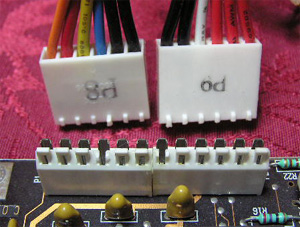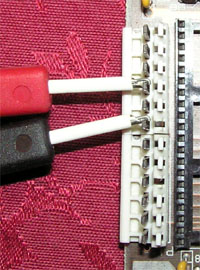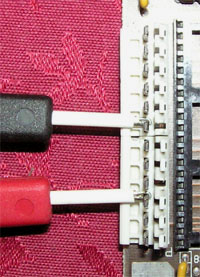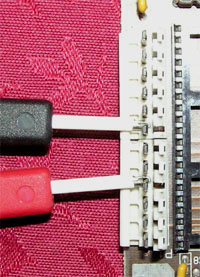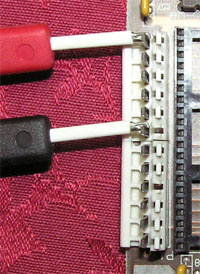
On the many good 5150/5160 motherboards that I have, this measurement ranges in value from about 200 ohms up to about 1300 ohms.
If your motherboard measures zero or a few ohms, then there is definitely a short circuit on the +5 volt line.
In which case, click HERE
If your motherboard measures zero or a few ohms, then there is definitely a short circuit on the +5 volt line.
In which case, click HERE
